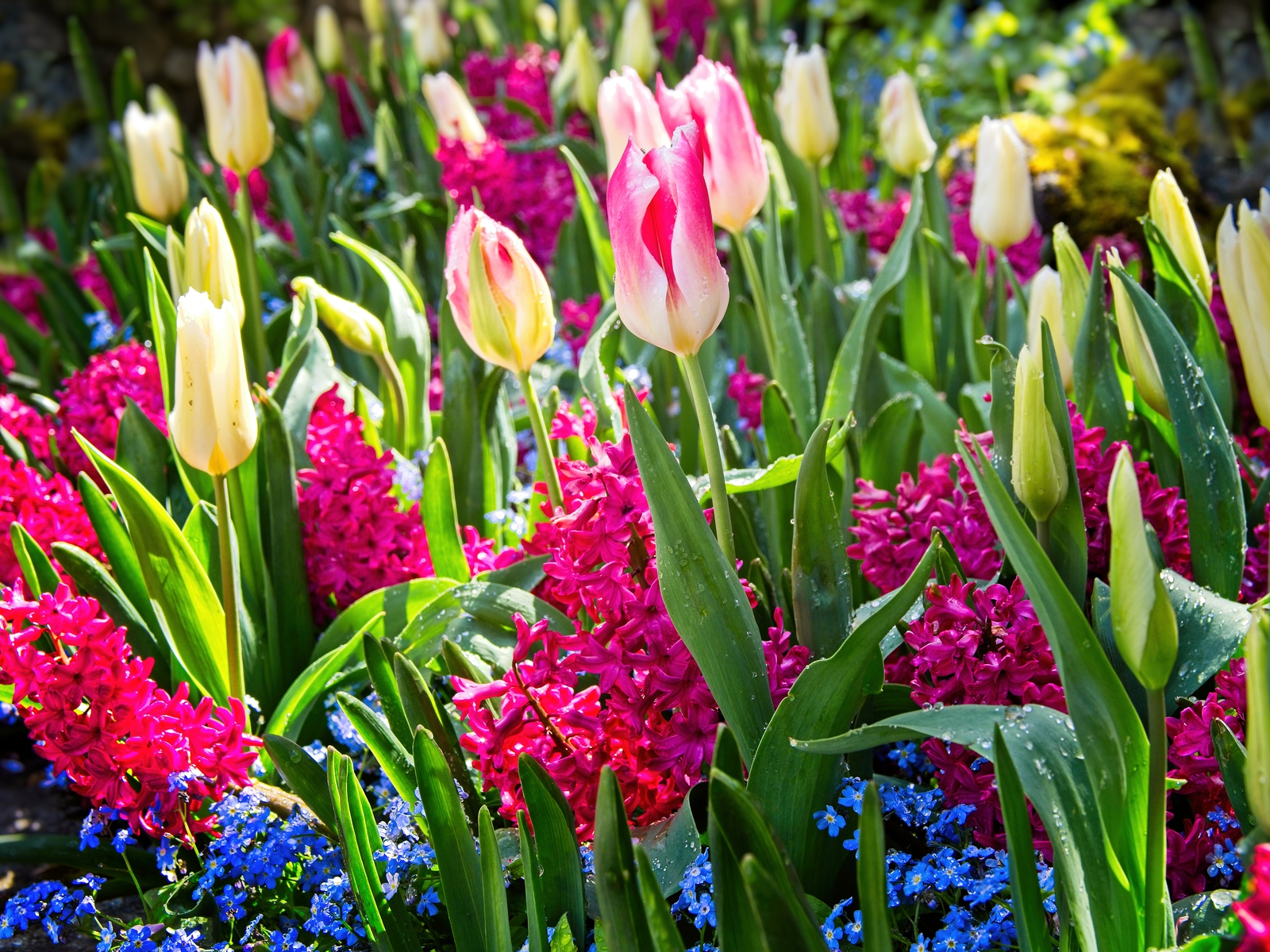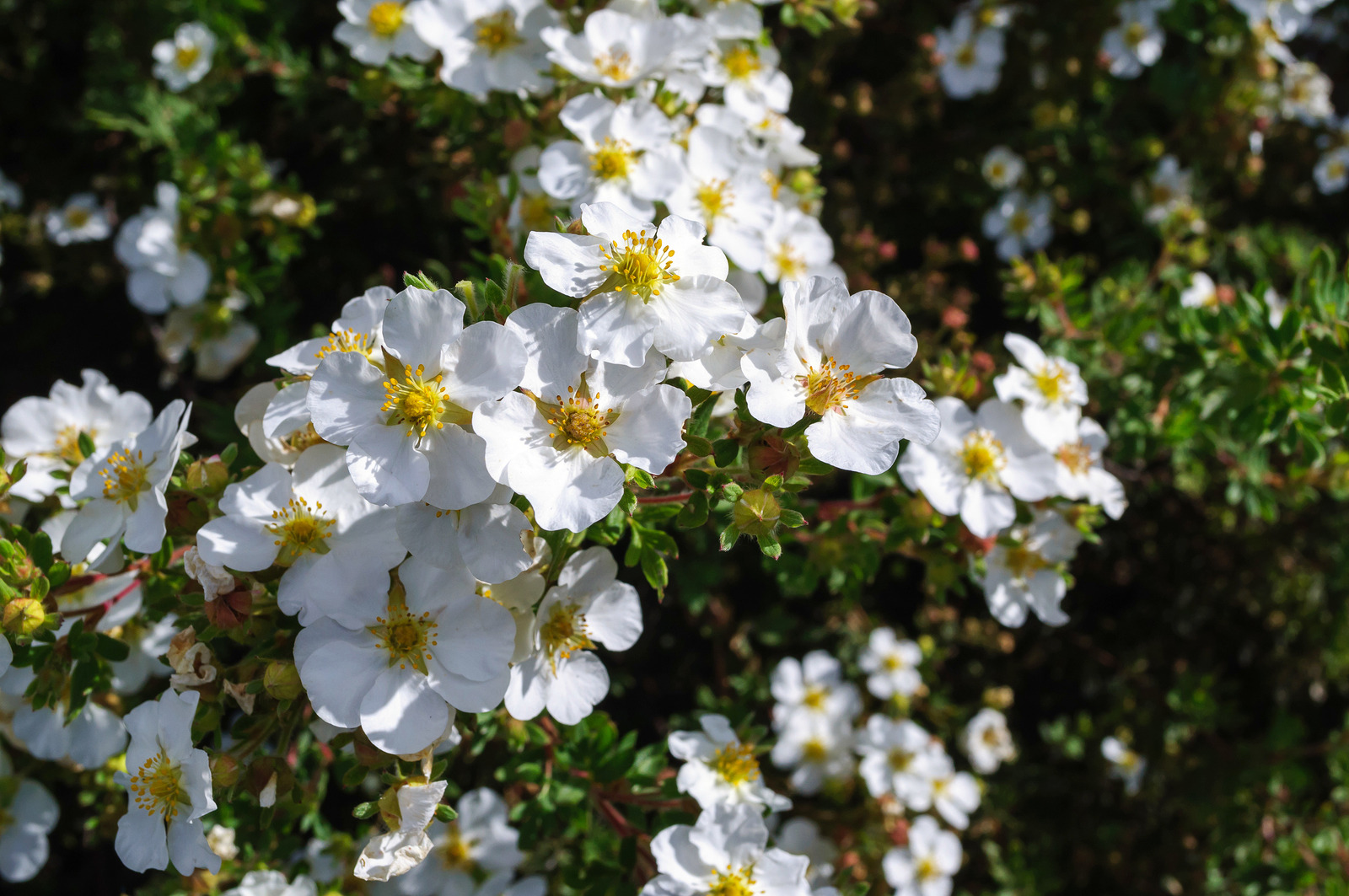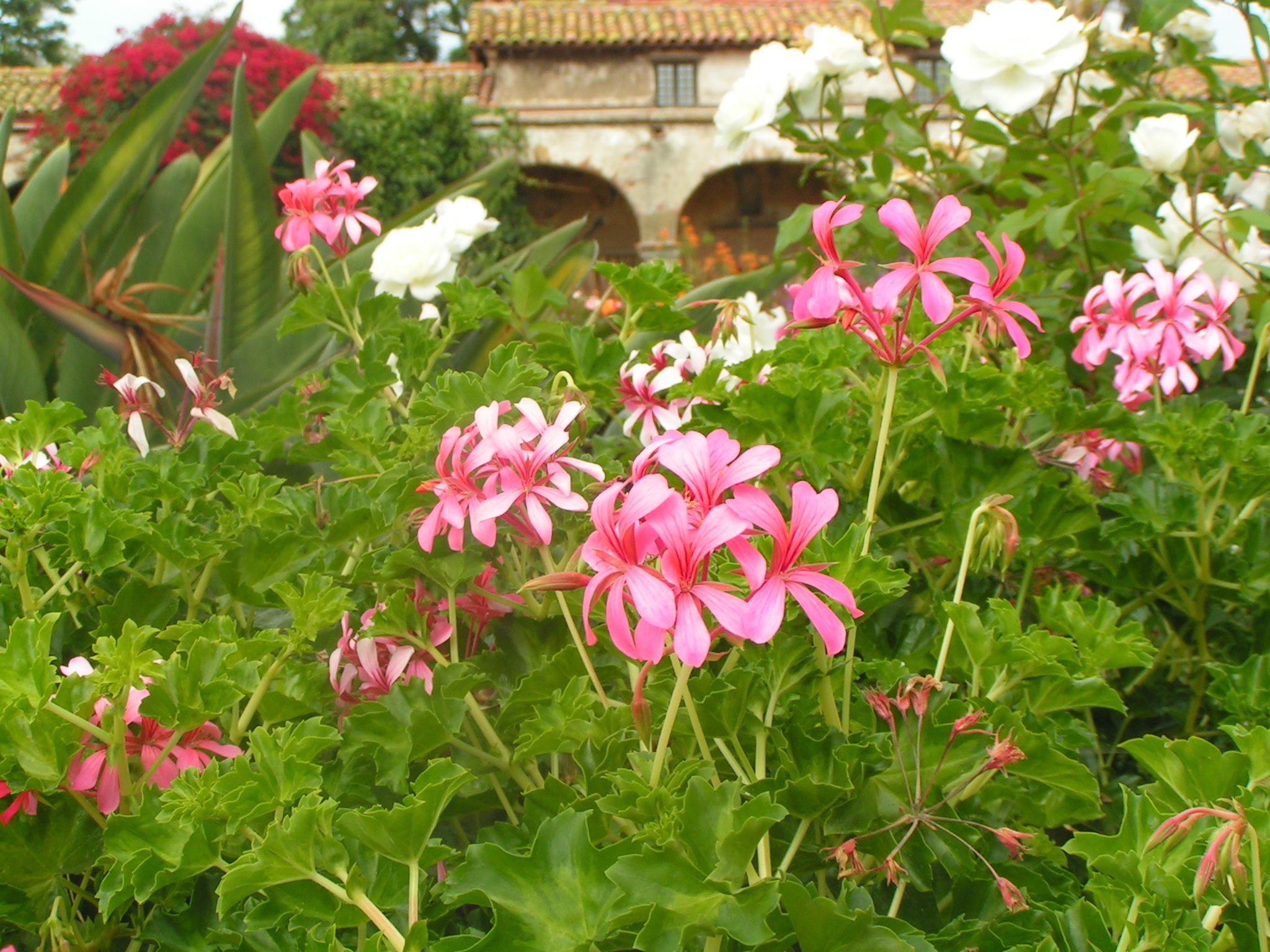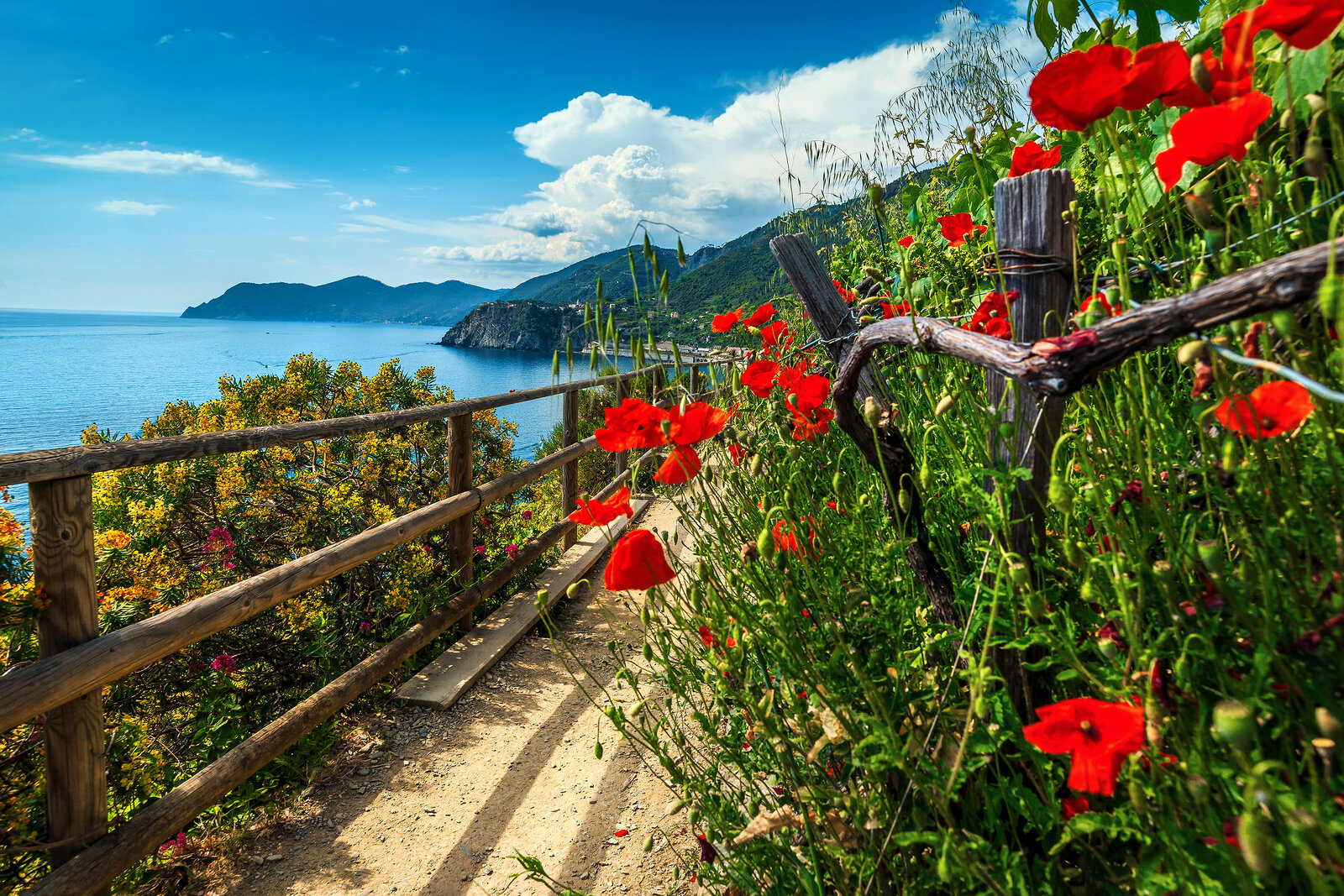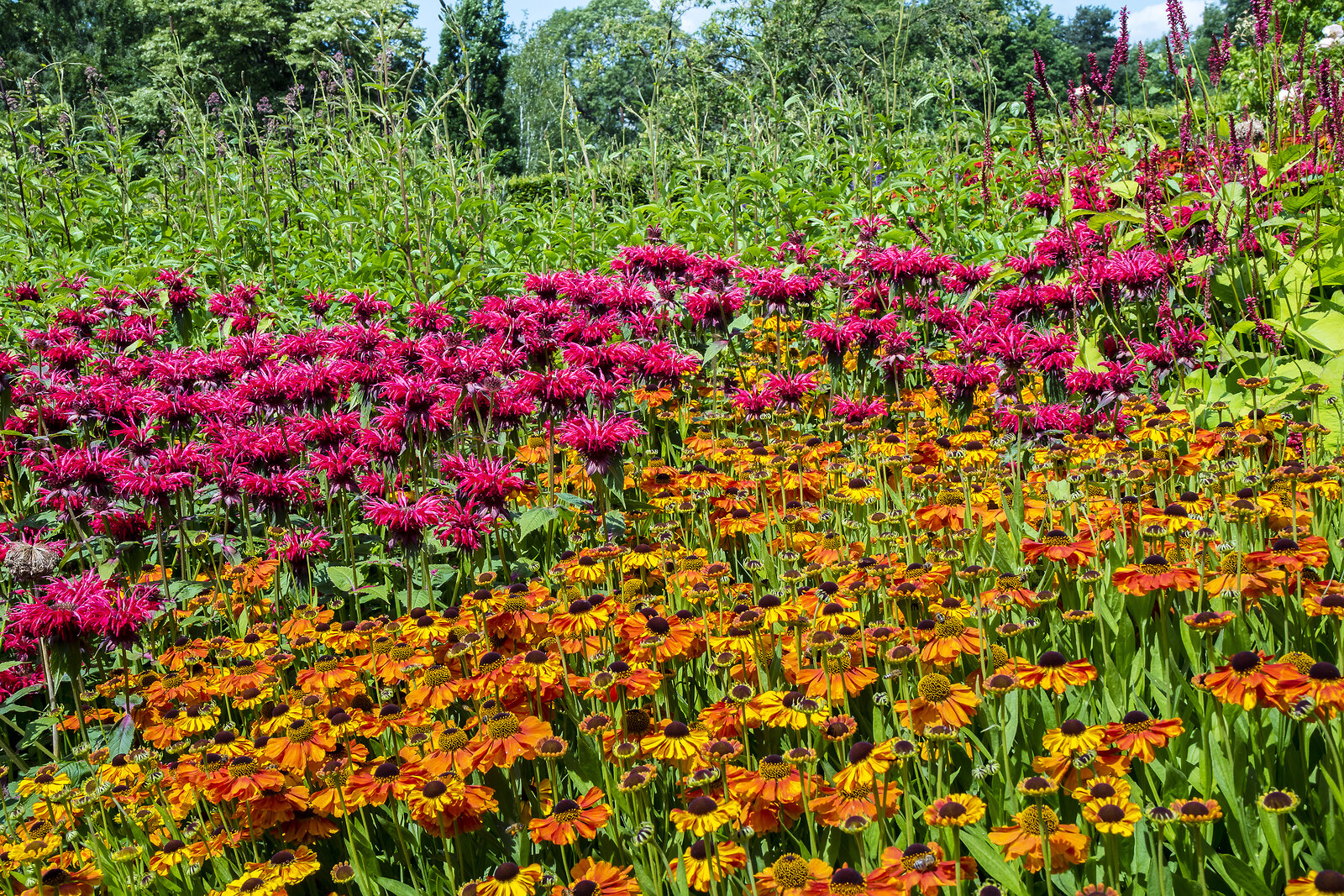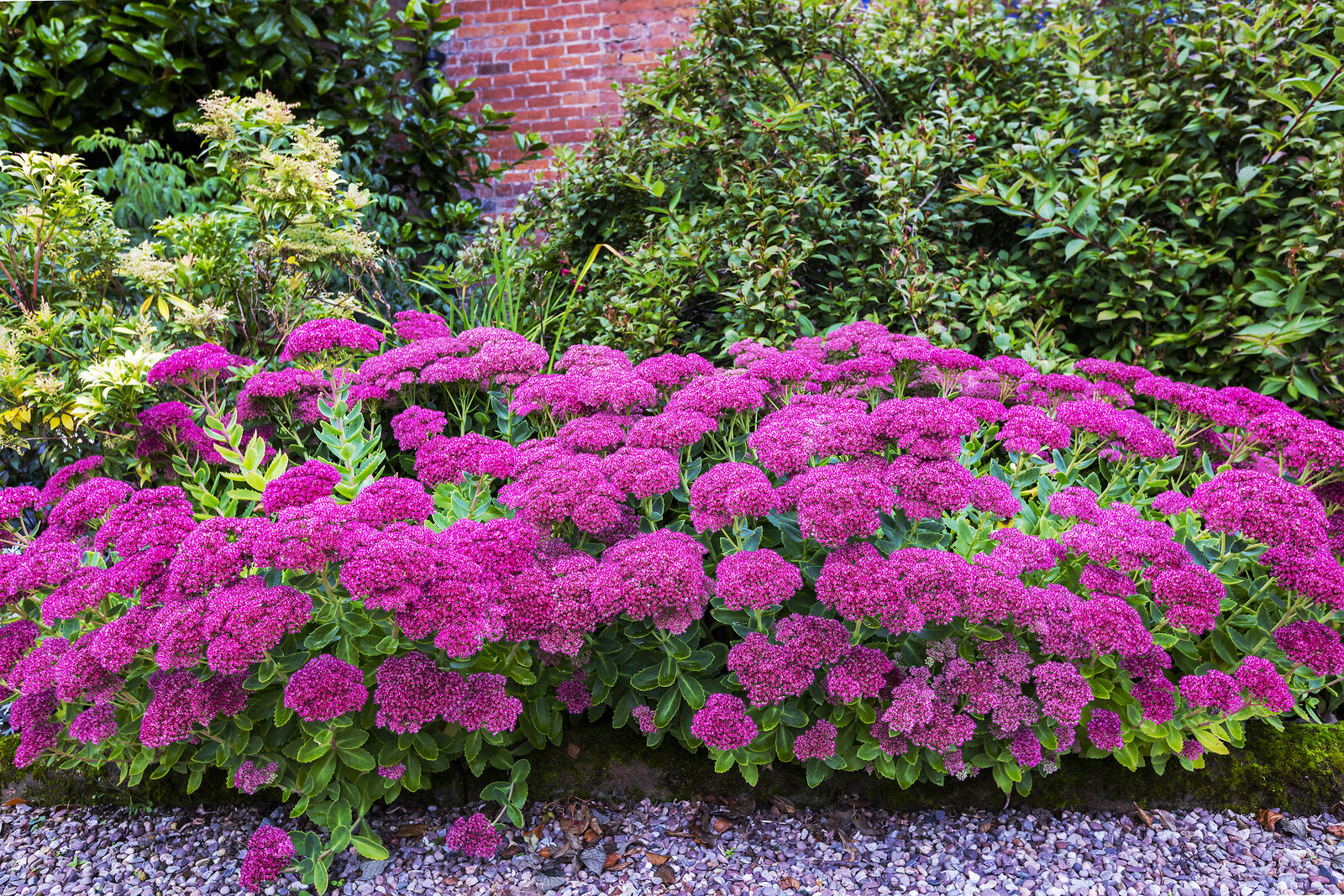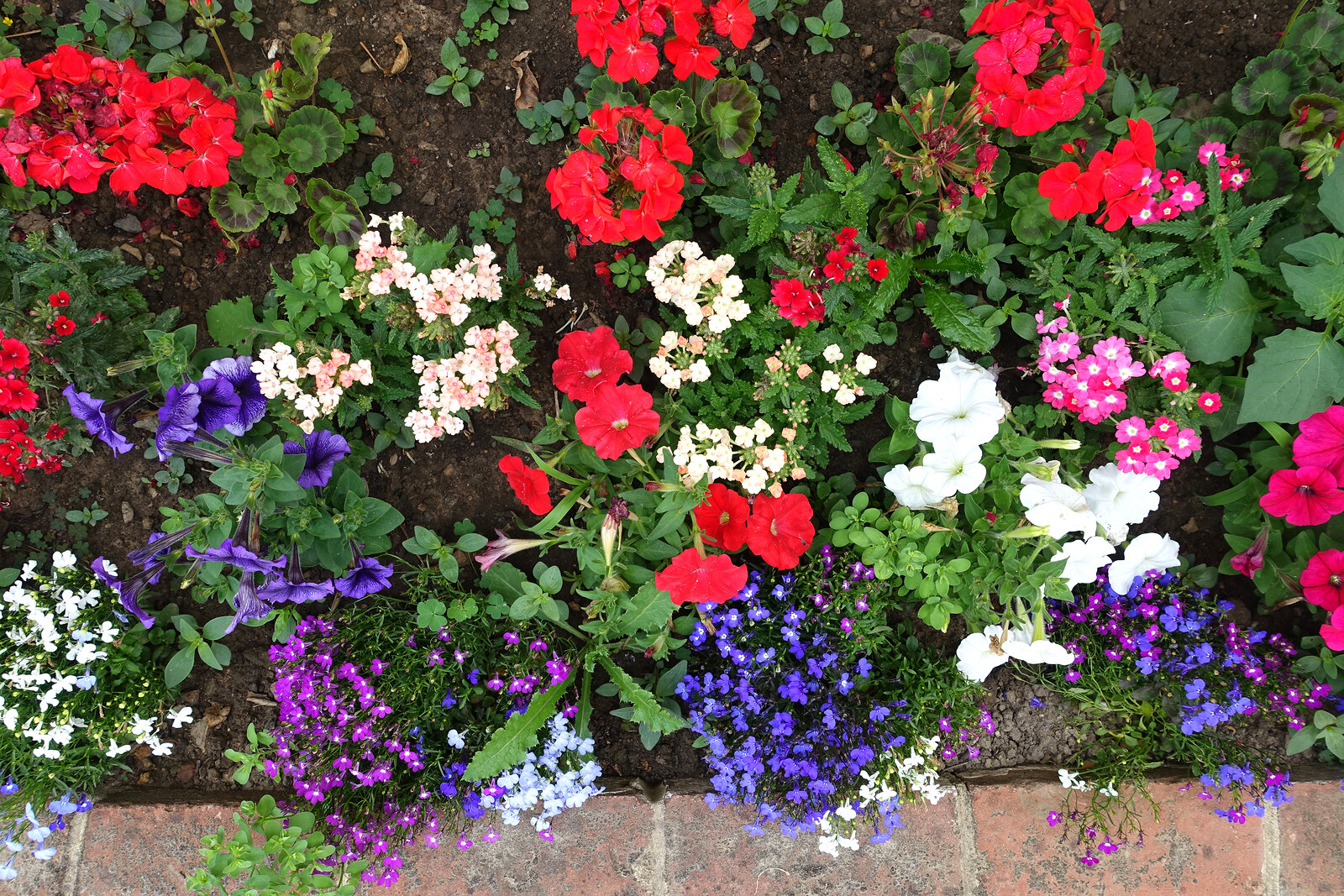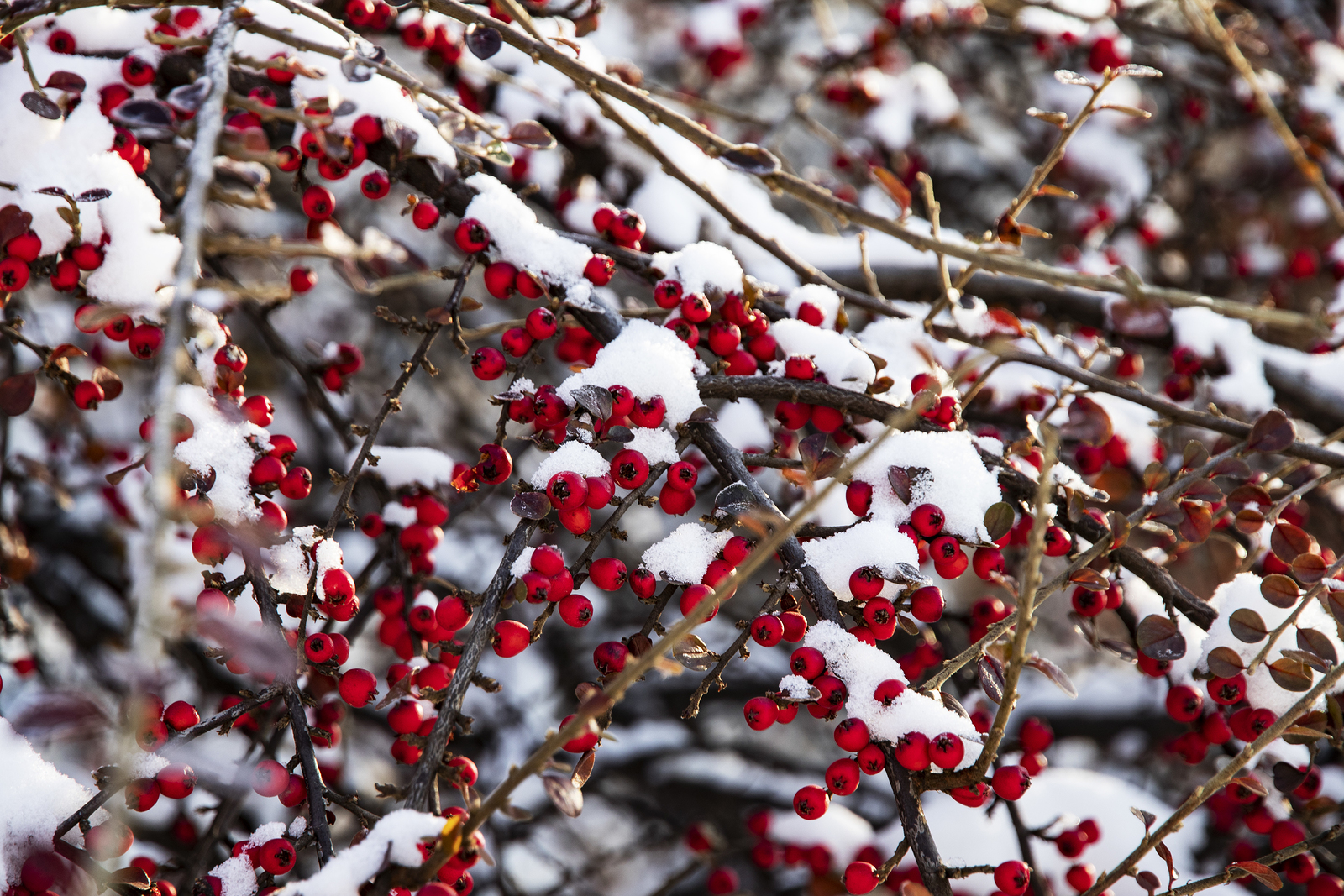Spring Blooming Flowers
Springtime is a season of bare earth as well as a season of flowers and abounding life. Whether it is an entire garden devoted to spring flowers that is being planned or just a small portion of the garden, spring bloomers can interrupt the sparseness of vegetation and a mix of color. Bulbs will usually […] More

